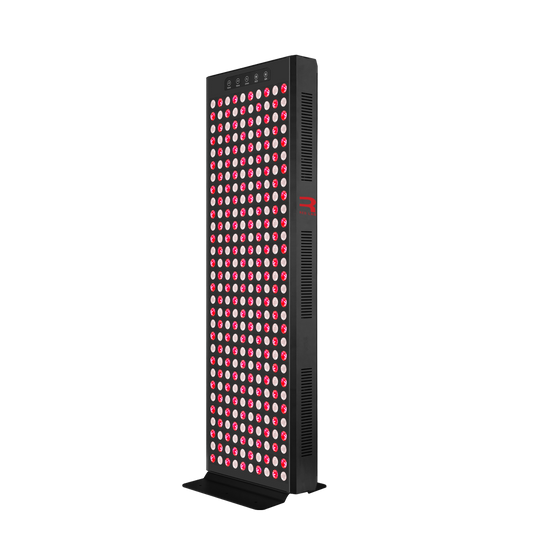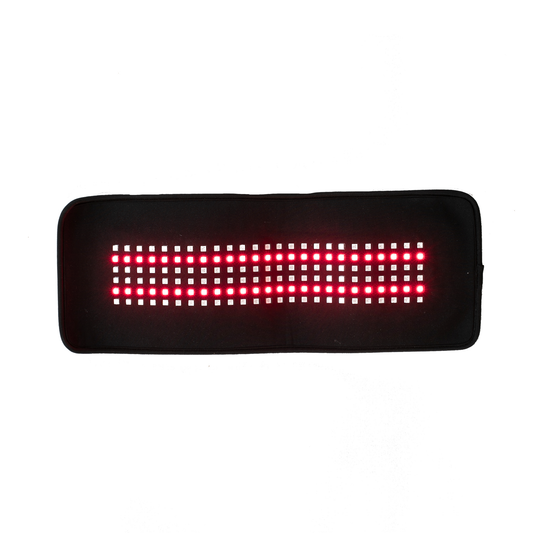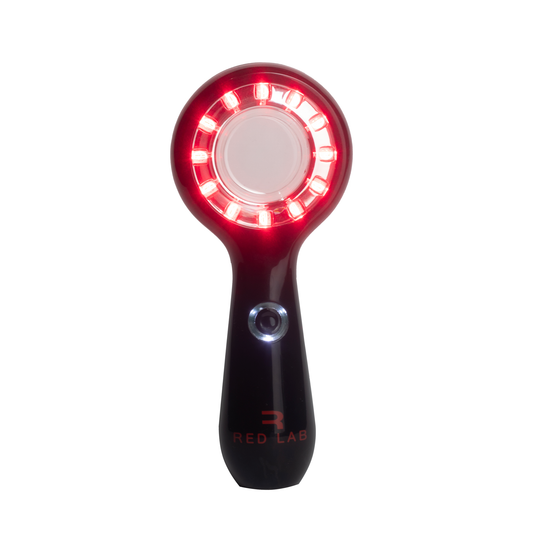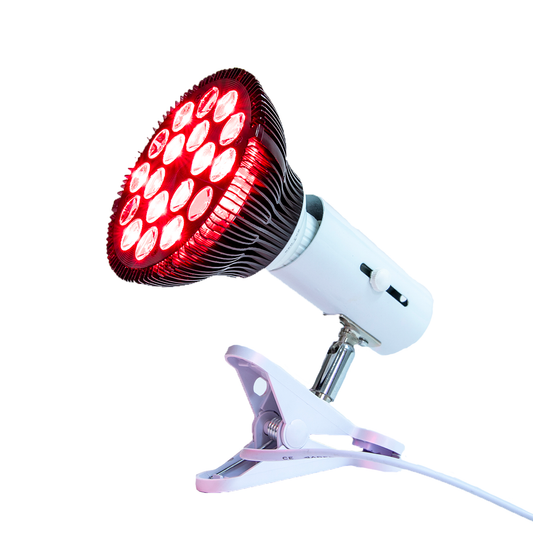If you’re prepping for the upcoming Cape Town Cycle Tour - you may want to consider adding Red Light and Near Infrared Light Therapy into your training regime for improved performance and recovery.
As a cyclist, you are always looking for ways to enhance your training, speed up recovery, and reduce the risk of injury. One of the most innovative and effective methods for achieving these goals is red light therapy and near infrared light therapy.
What is Red Light Therapy and Near Infrared Light Therapy?
Two types of phototherapy that use various light wavelengths to promote the body's natural healing processes are red light therapy and near infrared light therapy. While near infrared light therapy employs light in the 800-900 nanometer range, red light therapy, commonly referred to as low-level light therapy, uses light in the 600-700 nanometer range.
How Does Red Light and Near Infrared Light Therapy Benefit Cyclists?
Red light therapy and near infrared light therapy have been shown to increase energy levels, reduce muscle fatigue, and enhance endurance. By stimulating the production of ATP, the body's primary energy source, red light therapy and near infrared light therapy help to boost energy levels, allowing cyclists to train harder and perform better.
Cycling is a physically taxing sport that is hard on muscles and joints. By lowering inflammation, oxidative stress, and improving blood flow, red and near-infrared light therapies can hasten healing. This enables bikers to return to their bikes sooner and lowers the chance of injury.
Cyclists are at high risk of developing overuse injuries, such as tendinitis, bursitis, and shin splints. Red light therapy and near infrared light therapy have been shown to reduce the risk of injury by promoting the production of collagen, reducing inflammation, and improving circulation.
Getting enough sleep is essential for cyclists to perform at their best. Red light therapy and near infrared light therapy have been shown to improve sleep quality by increasing melatonin production, reducing oxidative stress, and reducing cortisol levels.
Cyclists are at high risk of developing infections, such as the common cold and the flu. Red light therapy and near infrared light therapy have been shown to boost the immune system by increasing the production of cytokines, a group of proteins that help to fight off infections.
How to Incorporate Red Light and Near Infrared Light Therapy into Your Cycling Routine
There are several ways to incorporate red light and near infrared light therapy into your cycling routine. You can use a red light therapy device, such as the various at-home-use devices available from RED LAB. The added benefit of these devices is that they combine both red and near infrared lights into in one unit, so you can get the full benefits of red light and near infrared light therapy in one session.
Conclusion: Red and near-infrared light therapies are useful for boosting cycling performance, hastening recovery, lowering risk of injury, and enhancing general health. You may enhance your training and performance, lower your chance of injury, and hasten your recovery by including these therapies into your cycling regimen.




